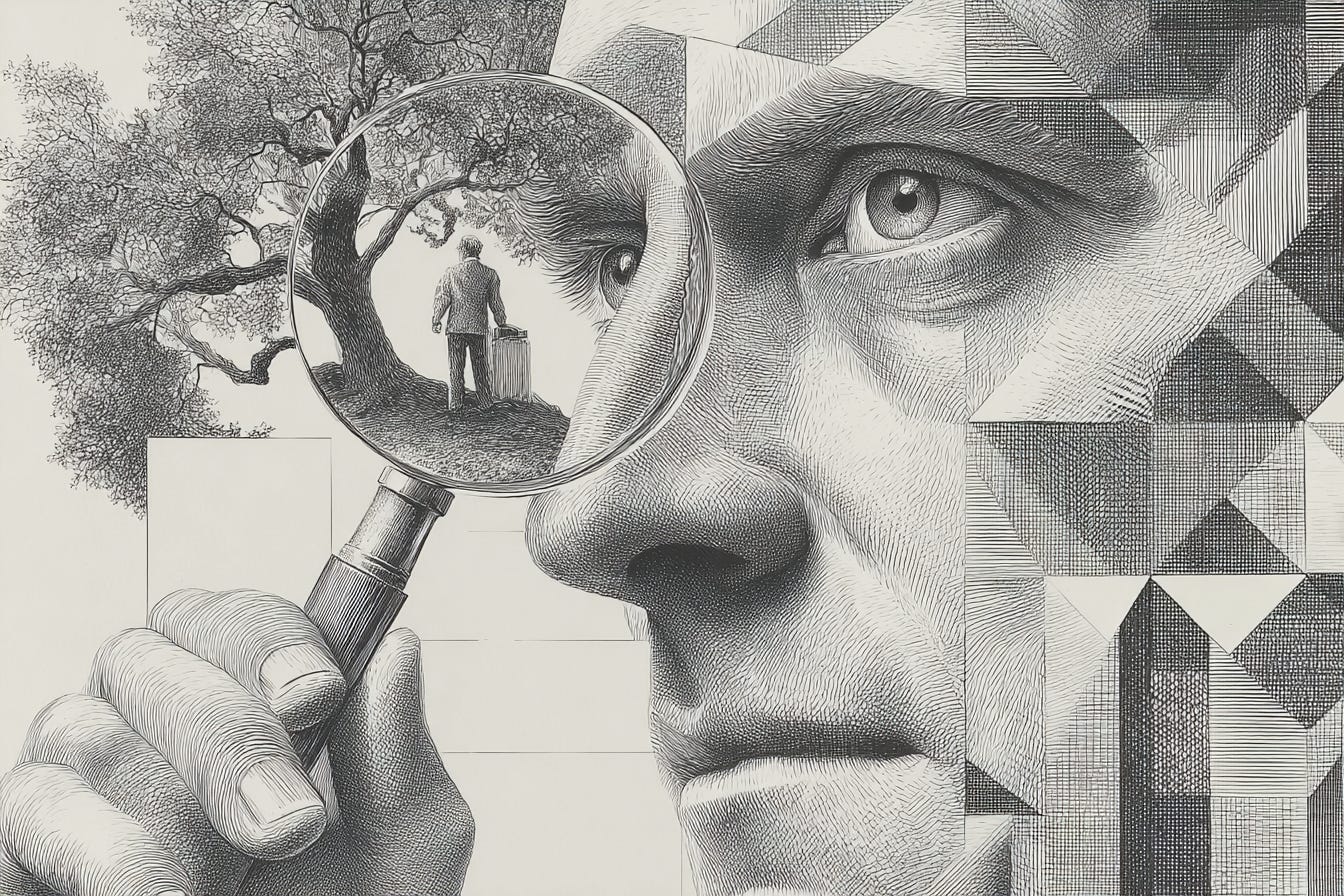Observe.
A builder’s reminder to look up.
Hey, I’m Marco 👋
One person. One laptop. Building digital products in public on the road to €1M.
This post is part of Build in Public, a series from One Million Goal where I share everything behind the scenes — from the first line of code to the latest revenue update, with complete transparency.
For the past few months, I’ve been chasing ideas.
Every day, I’d wake up thinking, “this could be the one.” A small spark, a half-written prompt, a few lines of code, and off I’d go, building something new.
But deep down, I knew I was just trying to fill the silence.
As a product person, I’ve always preached one thing: observe before you build. Understand the people, their problems, their tiny frustrations that quietly ask to be solved.
But now, as a solopreneur sitting alone in front of my screen, I’d somehow forgotten my own advice. The pressure of not having “the idea” was loud enough to drown everything else.
So I wrote code. I built prototypes.
I convinced myself that progress meant pushing commits. But the truth is, I wasn’t building for anyone. I was just building to escape the discomfort of not knowing what to build.
A few weeks ago, I decided to stop.
No more code. No new projects. Just me, a notebook, and the world outside my window. I started observing again — people, conversations, patterns.
And something shifted.
When I was feeling stuck, one former manager, Alessandro, once told me:
“When you don’t know where to go next, restart from the foundations.”
When you slow down enough to see, you start to notice how many problems are silently waiting for someone to care. Some are small annoyances nobody has fixed yet. Others are completely new, born from the confusion and friction that AI has brought into our lives.
Now I’m not hunting ideas anymore.
I’m studying the world like I used to — not to copy it, but to understand it.
The milkshake lesson
A few days ago, I was watching a keynote by Clayton Christensen — entrepreneur, professor at Harvard Business School, and one of those rare thinkers who can make you see the obvious in a completely new way.
He was telling the story of how McDonald’s tried to improve the sales of their milkshakes.
At first, they did what any company would do: segment the market, run surveys, ask people what they wanted. “More chocolate? Less sugar? A bigger size?”
They gathered tons of feedback, iterated endlessly, and nothing changed. Sales stayed flat. So McDonald’s brought in Christensen’s team, who decided to do something radically different.
Instead of asking people what they wanted, they decided to observe.
They spent 18 hours sitting in a restaurant, simply watching. Who bought milkshakes? At what time? Alone or in groups? With food or on their own? Did they stay or take it to go?
They noticed something strange. Half of the milkshakes were sold early in the morning — to people who were alone, wearing office clothes, ordering nothing else, and leaving right after.
The next day, the team started asking them:
“Can you tell me what job you’re hiring this milkshake to do for you?”
People looked confused, so they rephrased it:
“When you’re in the same situation but don’t buy a milkshake, what do you do instead?”
And that’s when the pattern emerged.
These people all had long, boring commutes.
They weren’t hungry yet, but knew they would be later.
They wanted something to keep them occupied, something that would last for a while, something easy to consume with one hand while driving.
Bananas? Gone in two minutes.
Bagels? Dry, messy, and dangerous while driving.
Donuts? Sticky fingers, sticky steering wheel.
Chocolate bars? Guilt.
The milkshake was perfect: thick enough to last the whole ride, clean, and satisfying.
That’s when they realised the milkshake wasn’t competing with other milkshakes. It was competing with bananas, with bagels, with boredom.
This insight changed everything.
McDonald’s stopped thinking about demographics and started thinking about jobs to be done — the real progress people were trying to make when they bought something.
When I heard that story, I smiled.
Because in a way, I’ve been that consultant — adding more “chocolate” to my milkshake, thinking it would make it better.
I used to sit at my desk, tweaking features, polishing UIs, trying to invent something people would love. But I wasn’t watching the world outside my screen.
Now, when I go for a walk or sit in a café, I try to look differently. I ask myself: What job are people trying to get done right now?
The woman juggling her laptop and her coffee in the morning.
The father scrolling on his phone while his kid waits for the bus.
The student switching between ten AI tools, trying to make sense of all the noise.
Each of them is doing something — hiring tools, habits, and hacks to make progress. And somewhere in there, hidden between gestures and frustrations, is the next idea worth building.
I don’t know what I’ll build next. But I know how I’ll find it. By observing, quietly and patiently, until the problem shows itself.
Because maybe that’s what being a builder really means:
Not to chase, but to see.



